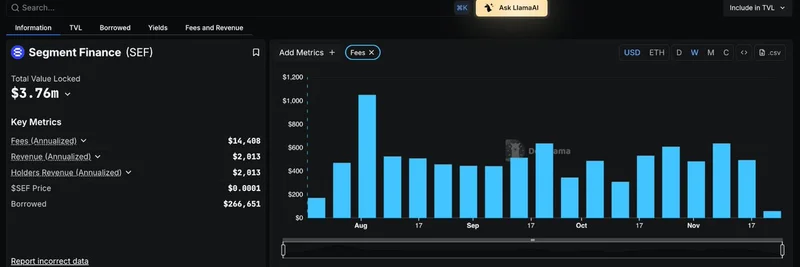In the ever-evolving landscape of cryptocurrency, where innovation meets volatility, Edgar Pavlovsky's recent tweet offers a refreshing dose of honesty. As a prominent figure in the Solana ecosystem and former founder of Marginfi, Pavlovsky shared his thoughts on the Heaven project—a Solana-based AMM and launchpad platform known for its native token LIGHT. His reflections highlight the experimental nature of crypto startups and provide valuable lessons for anyone dabbling in meme tokens.
Understanding the Heaven Experiment
Heaven, launched in August 2025, quickly gained traction as a launchpad and automated market maker (AMM) on Solana, with its token LIGHT reaching a market cap over $130 million shortly after debut. But as Pavlovsky explains, startups like Heaven are essentially experiments testing hypotheses about products and market fit.
In his tweet, he writes:
Startups are experiments. You are experimenting with a set of beliefs and theses that you have as a team about the product, and the way that product can plug in to the greater market. Tokens serve as levers that amplify the experiment; the earlier you launch your token in your startup's journey, the longer the lever you create. A 100% buyback and burn commitment extends that lever to be many orders of magnitude longer.
Here, "buyback and burn" refers to a mechanism where a project uses funds to repurchase its own tokens from the market and then permanently removes them from circulation. This reduces supply, potentially driving up the price if demand stays steady. It's a popular strategy in meme tokens to create scarcity and hype.
Pavlovsky goes on to describe Heaven's core thesis:
The experiment and thesis that Heaven was running was "Will the tail sufficiently wag the dog if we launch a more thoughtful version of a 100% buyback that is collectively owned at the outset." The answer to this experiment was unequivocally "no"... or at least "not for long".
In simpler terms, the team tested whether a community-owned buyback model could sustain long-term value. The "tail wagging the dog" idiom suggests seeing if a smaller element (the buyback) could control the larger system (the project's success). Unfortunately, it didn't hold up over time.
Why Heaven V1 Gained Traction—and Where It Fell Short
Pavlovsky attributes the initial buzz around Heaven to his genuine belief in the experiment's potential. "I think the reason Heaven gained so much attention and traction is that I truly believed that this experiment had a strong shot at being successful," he notes. This authenticity resonates in the meme token space, where community trust and founder vision can make or break a project.
However, upon reflection, he identifies crucial flaws in V1 that weren't apparent at launch. While he doesn't detail them in the tweet snippet, the pivot to Heaven V2—an open AMM focused on infrastructure—suggests issues like scalability, user adoption, or economic model sustainability. In the broader context of Solana's meme token ecosystem, where pumps and dumps are common, such experiments often face challenges from market manipulation, regulatory scrutiny, and shifting investor sentiments.
For blockchain practitioners, this underscores the importance of iterative development. Meme tokens, often launched with minimal viable products, can benefit from early token integration but risk over-amplification if the underlying thesis falters.
Lessons for Meme Token Creators and Investors
Pavlovsky's insights are gold for anyone in the meme token game:
Embrace Experimentation, But Plan for Failure: Most startups fail, and crypto is no exception. Treat your token launch as a test, not a guarantee of success.
Leverage Tokens Wisely: Launching early can amplify growth, but commitments like 100% buyback need robust backing to avoid short-term hype followed by crashes.
Reflect and Iterate: Heaven's shift to V2 shows the value of learning from flaws. In DeFi and meme spaces, adapting quickly—like opening up AMMs or indexers—can turn setbacks into strengths.
If you're building on Solana or eyeing the next big meme, check out Heaven's docs at Heaven Docs for more on their tokenomics and infrastructure.
Wrapping Up: The Road to Heaven V2
Pavlovsky's tweet isn't just a post-mortem; it's a roadmap for resilience in crypto. As Heaven evolves into an open AMM with public access to its indexer, it positions itself as infrastructure rather than just a launchpad. This pivot could influence how future meme tokens integrate with Solana's ecosystem, emphasizing revenue metas and sustainable models over quick pumps.
Stay tuned to Meme Insider for more breakdowns on trending projects like Heaven. Whether you're a dev, trader, or enthusiast, understanding these experiments helps navigate the wild world of blockchain. What are your thoughts on buyback strategies in meme tokens? Drop a comment below!


